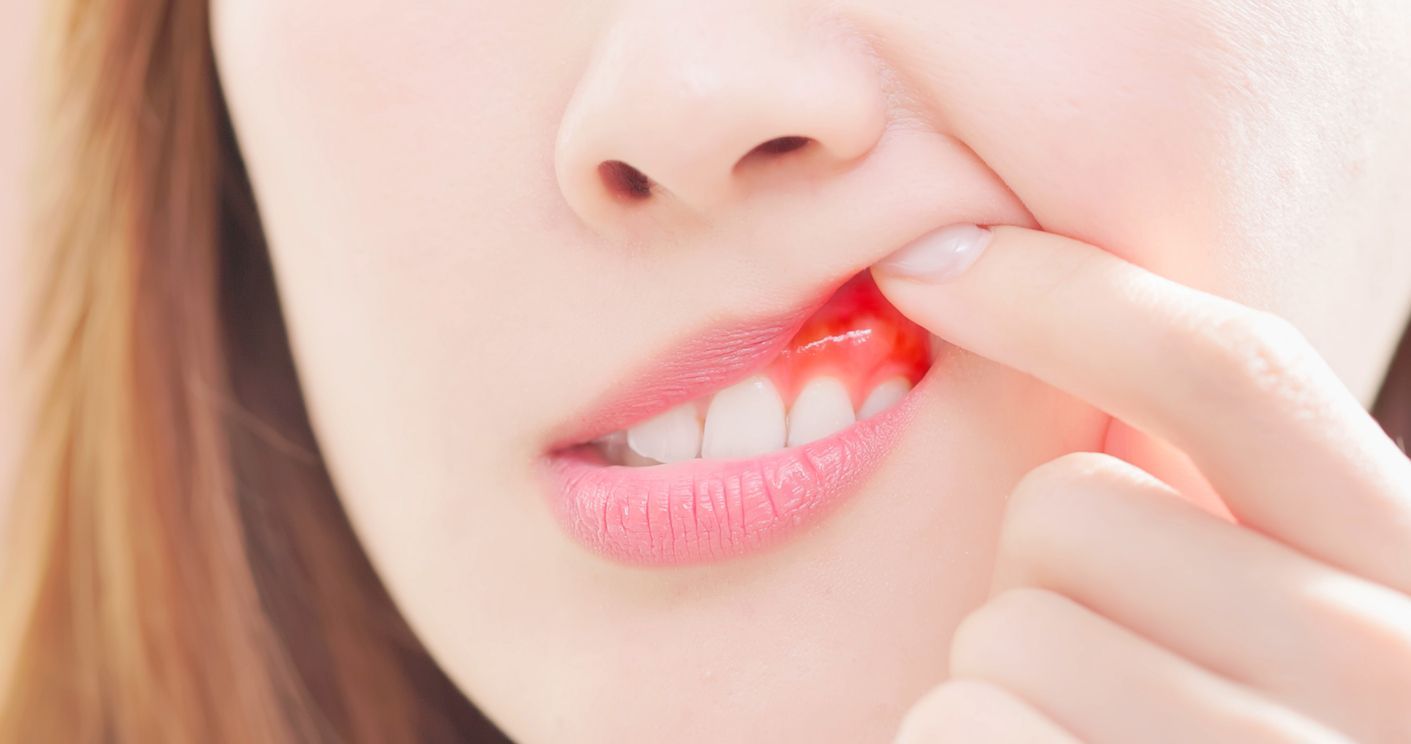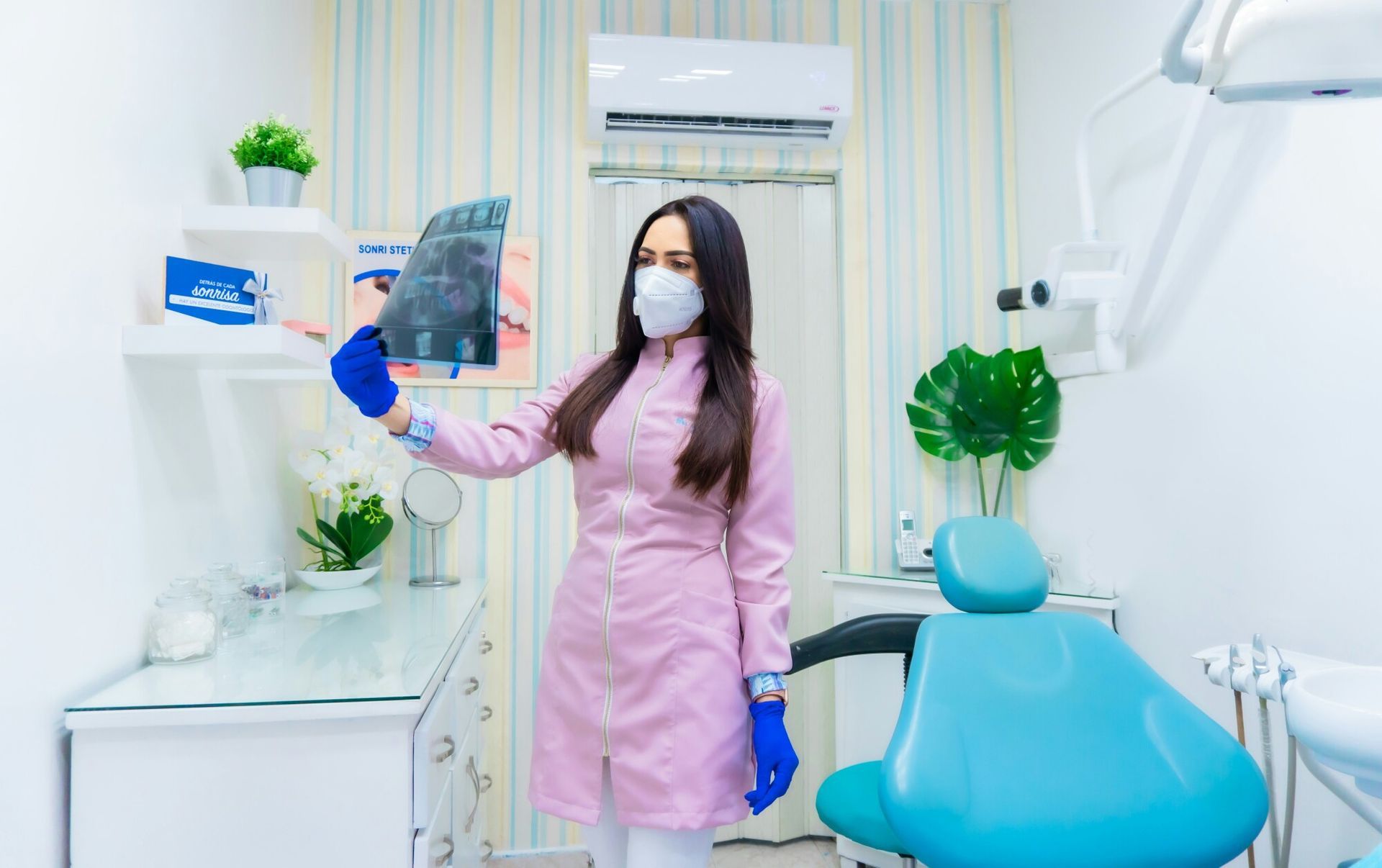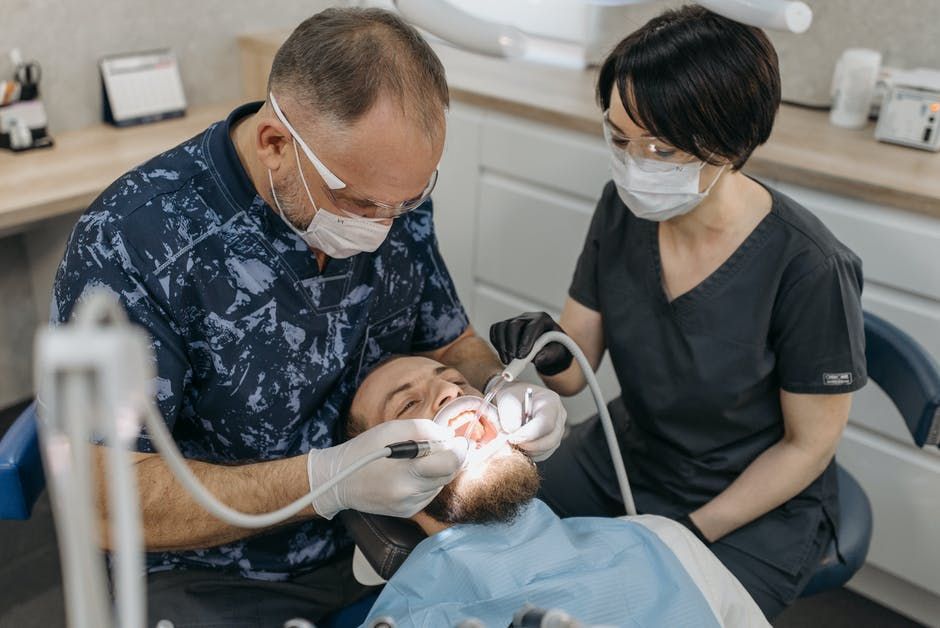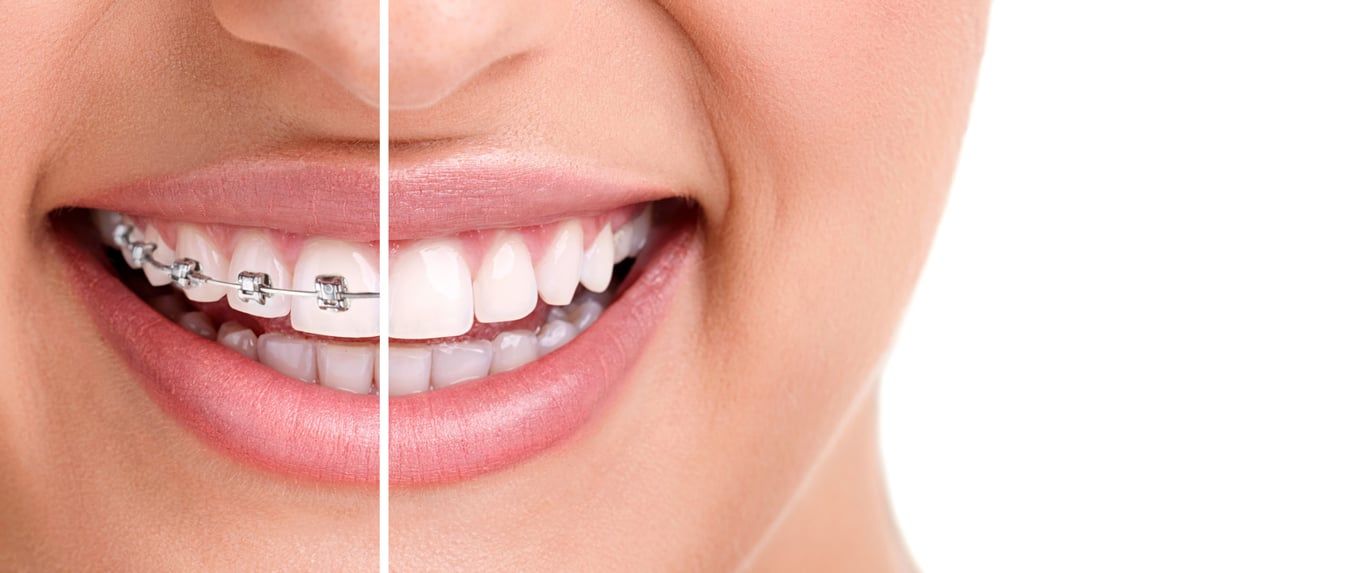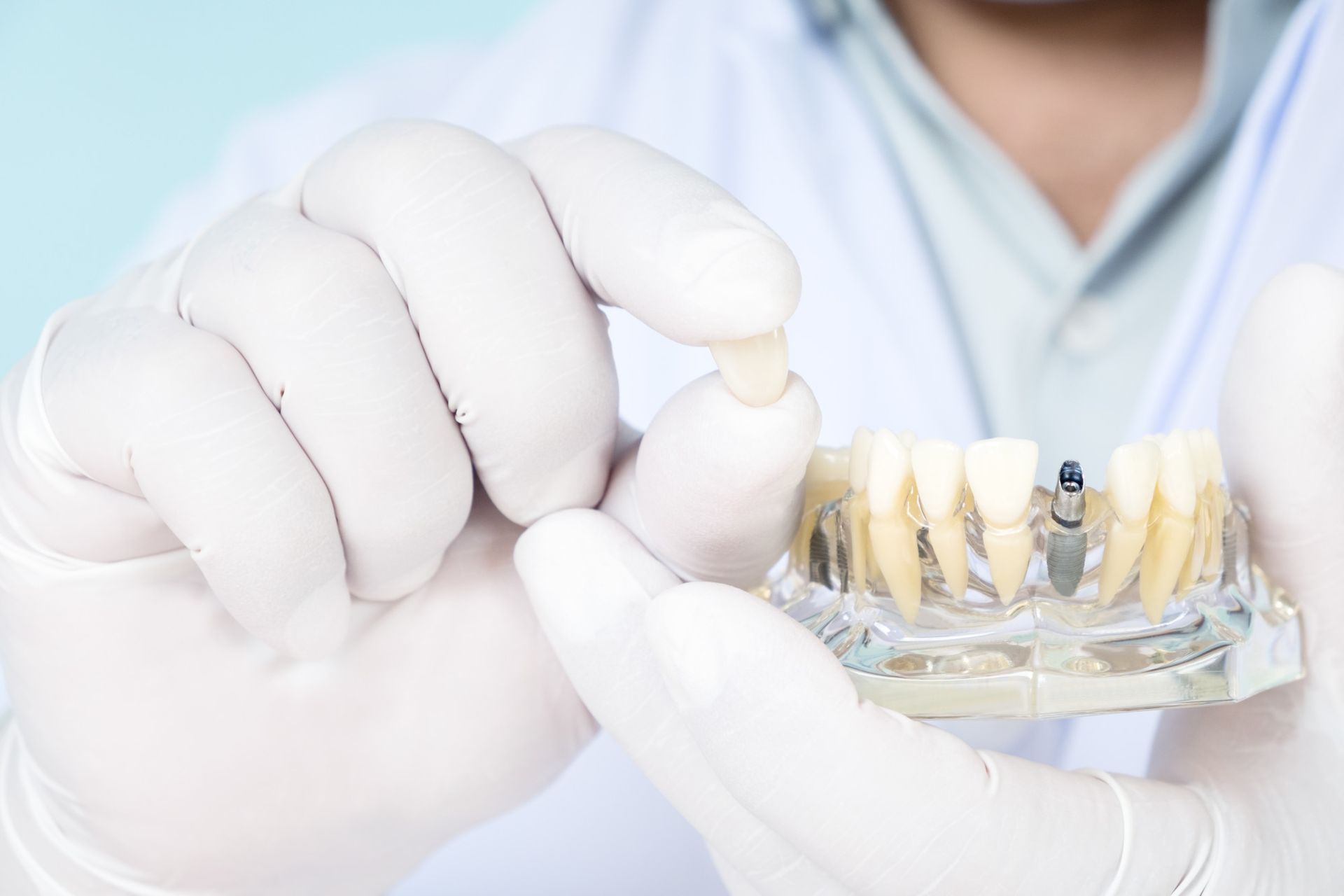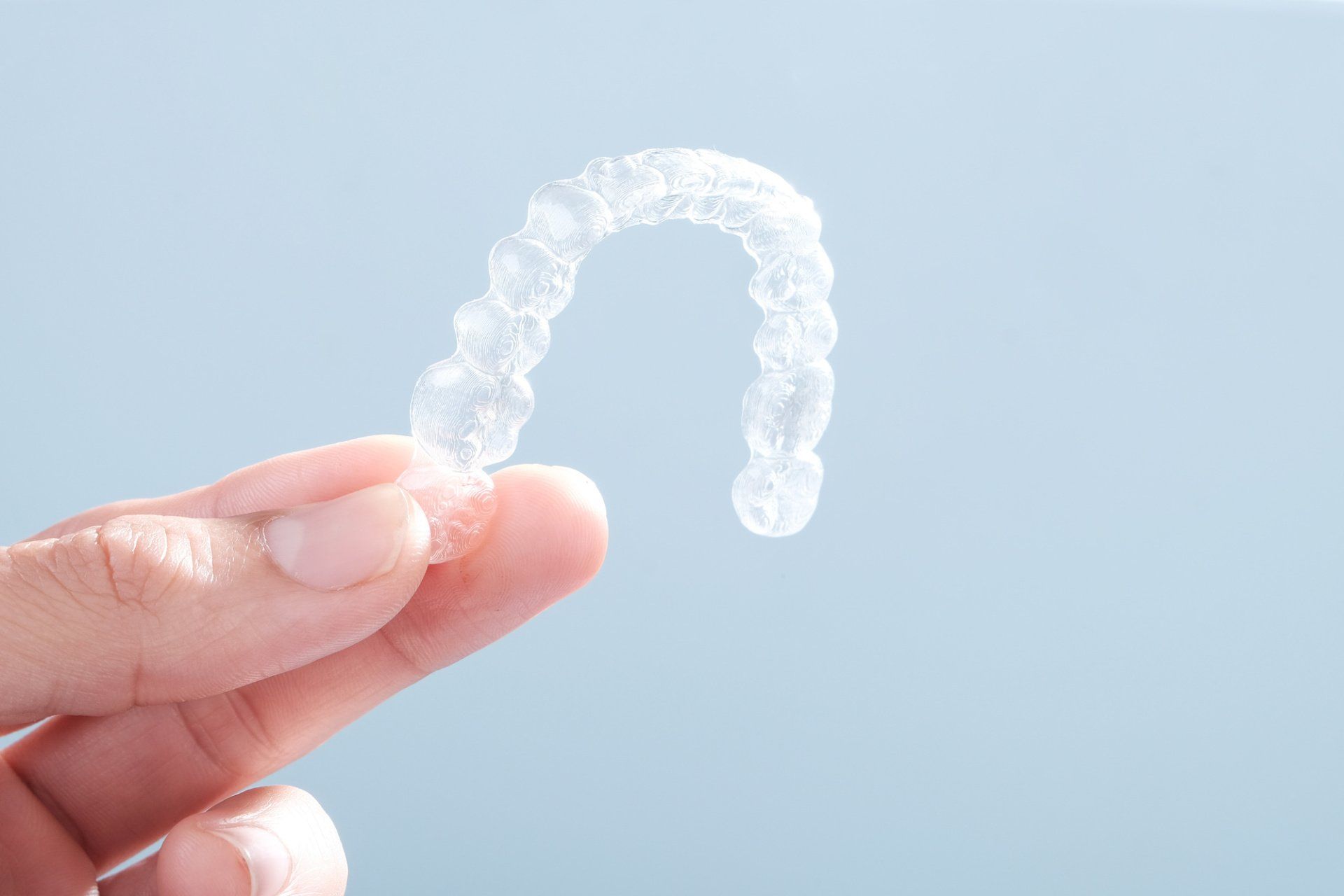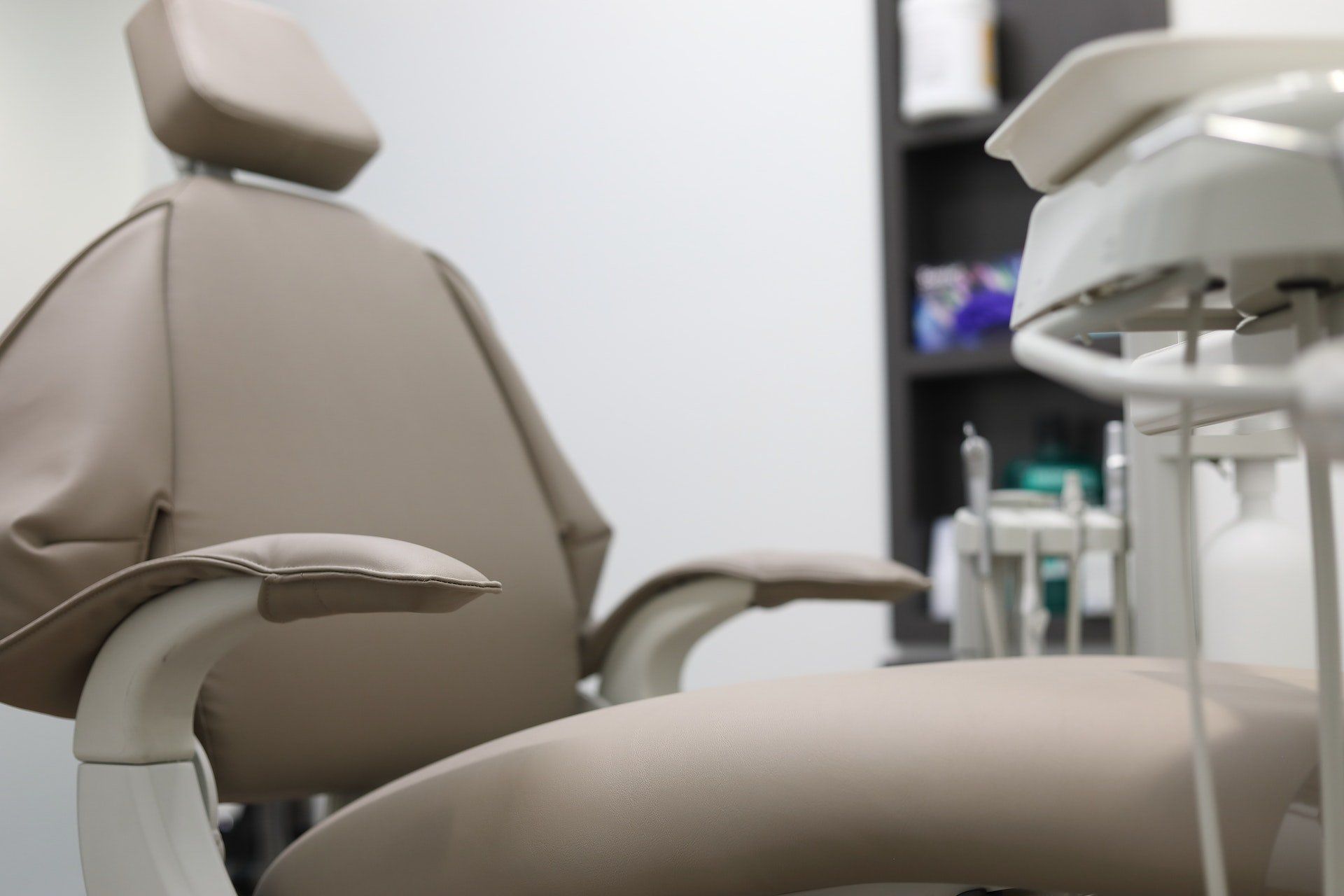Relief for TMJ and TMD With Non-Invasive Dental Treatments
Living with temporomandibular joint (TMJ) pain can be frustrating as it affects your daily life and overall well-being. TMJ dysfunction (TMD) causes tenderness and pain in jaw joints, nearby ligaments, and muscles.
According to the National Institute of Dental and Craniofacial Research, approximately 11 to 12 million adults in the US experience TMJ pain.
The TMJ joint plays a significant role in activities like speaking and eating. Through recent advancements in medical technology, non-surgical treatment options are now available to provide relief from TMJ.
Here, we discuss the most effective non-invasive dental treatments for TMD and TMJ pain.
Orthodontic Treatments
Crooked or wrongly spaced teeth can affect how your teeth contact one another. If your teeth are not in proper contact, they can cause jaw pain and a TMJ disorder.
Orthodontic interventions have evolved to incorporate non-invasive solutions for relief from TMJ pain. Custom-fitted devices such as Invisalign and braces can straighten your teeth and correct joint misalignment, improving bite patterns and reducing TMJ pain.
Occlusal Guards
Wearing a mouthguard or an occlusal guard is among the most effective non-invasive dental treatments for TMJ disorder. Most people who experience TMJ and TMD pain tend to clench and grind their teeth.
Grinding and clenching can lead to significant pain. A nightguard, mouthguard, and bite splint avoid contact between your lower and upper teeth, thus easing muscle tension around the jaw joint.
You are likely to clench and grind your teeth if you experience the following signs and symptoms:
- Pain when chewing
- Migraines and chronic tension headaches
- A sore or tight feeling in the jaw muscles
- Chipped, cracked, flattened, or excessively worn-out teeth
- Excessive damage to the enamel
- Dents on the corners of the tongue
Dentists design a custom-fit occlusal guard for optimal comfort. This guard will help relieve TMJ symptoms and ensure your teeth' stability and longevity.
Exercises and Physical Therapy
Physical therapy and exercises are popular non-surgical approaches to addressing TMJ pain. A physical therapist assists in performing exercises to improve the range of motion in the jaw joint and strengthen the jaw muscles.
These targeted movements improve joint functionality and help with discomfort. Through physical therapy, muscles that control jaw closing and opening become stronger and more flexible, causing less strain on the joint.
Exercises focusing on the coordination of jaw movement, tongue and neck strength, and posture contribute to better jaw health.
Botox Injections
Botox is not only a cosmetic treatment but has also emerged as an effective therapy for TMJ and TMD pain. These injections temporarily paralyze the jaw muscles, reducing pain and tension.
Botox treatments are a unique and minimally invasive way of providing fast relief from TMJ pain. They also avoid long-term damage to the jaw joints and teeth.
Relaxation Techniques
In most cases, stress tends to worsen TMJ pain. Relaxation techniques can help manage a patient's stress by easing tense muscles and improving overall health. Some of these techniques include the following:
- Meditation
- Yoga
- Deep breathing
- Tai chi
- Aromatherapy
Other ways to cope with stress and anxiety, such as counseling or cognitive-behavioral therapy (CBT), can prevent future occurrences of TMJ disorder.
Over-The-Counter Medications
This is a good option, especially if you have discomfort or mild pain. Non-steroidal anti-inflammatory drugs (NSAIDs) such as naproxen, aspirin, and ibuprofen can reduce inflammation and relieve pain.
Please consult with your dentist before taking any over-the-counter medications, as they may interact poorly with other drugs you may be taking.
Prescribed Medications
TMD is a complex health condition that may be hard to treat. If over-the-counter painkillers do not work for you, consider getting prescription painkillers or other medications like muscle relaxers. If you suspect your TMJ is caused by anxiety or stress, you can pursue antidepressants.
Low doses of antidepressants can relax the tight jaw muscles, improving performance, range of motion, and overall jaw health.
Lifestyle Changes
Sometimes, making simple lifestyle changes can provide relief from TMJ pain. Some of these changes include the following:
- Practicing good posture
- Stretching your jaws to improve their range of motion and relieve tension
- Eating soft foods like cooked vegetables and cheese
- Using a supportive pillow when sleeping
Certain dietary habits and foods can worsen TMJ symptoms. These include:
- Chewing in sugar-free gum
- Munching on pen tips, ice, or fingernails
- Eating chewy or tough foods like peanut brittle or beef jerky
Alternative Therapies
These therapies have gained popularity over the years as non-invasive dental treatments for TMJ pain. Alternative therapies include the following:
Acupuncture
Acupuncture stimulates the body's natural painkillers and increases blood flow, reducing the symptoms of TMJ. This non-surgical dental technique targets specific points that support the facial and jaw muscles.
Massage Therapy
This non-invasive treatment option involves manipulating the body's soft tissues, such as the connective tissues and muscles. Targeted massage loosens the jaw muscles and promotes blood flow to the affected area, promoting healing.
Getting massages regularly can also reduce stress and relieve TMJ symptoms.
Heat and Cold Therapy
The therapeutic advantages of heat and cold therapy help in managing TMJ pain. Applying hot and cold packs to the painful area reduces inflammation and alleviates pain.
Ultrasound Therapy
Ultrasound therapy uses sound waves to minimize inflammation and stimulate healing. This non-invasive treatment promotes cellular repair and is an effective and safe alternative to surgery.
Symptoms of TMD
It is crucial to understand the signs and symptoms of TMD to manage the dysfunction effectively. If you experience the following symptoms, be sure to visit a dentist near you immediately:
- Discomfort and pain in the jaw area
- Popping or clicking sounds when you close or open your mouth
- Tenderness or pain in the face
- Migraines and headaches
- Limited jaw movement
Get Relief From TMJ at Mount Laurel Dental and Implant Center
TMJ disorder affects every individual differently and can cause chronic jaw pain and discomfort that last for months or years. Non-surgical dental treatments provide hope to patients seeking relief from TMJ without undergoing traditional surgical interventions.
At Mount Laurel Dental and Implant Center, we are dedicated to providing comfortable and effective dental care to patients of all ages. We are experienced in diagnosing and treating TMJ through non-invasive treatment options.
Check our website for more information on relief from TMJ.


